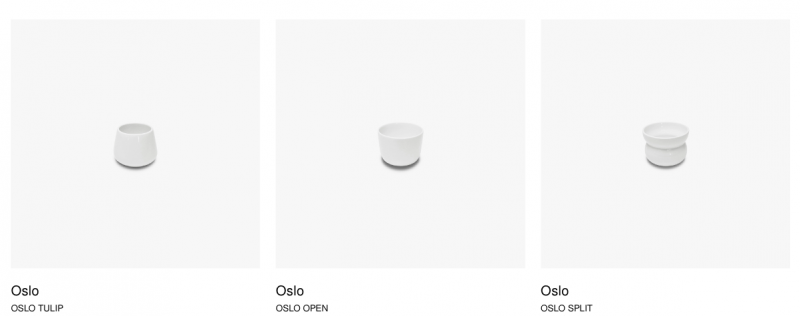The Impact of cup shape on coffee flavour perception
Words by Ayanda Dlamini

Velvet Cafe in Istanbul is a concept cafe where you can select your own unique cup that has a story!
In the world of coffee appreciation, where every bean, roast, and brewing method is meticulously important, there is a lesser-known and equally fascinating aspect: the influence of the cup shape.
As coffee connoisseurs, we often focus on the grind size, water temperature, and extraction time, but how often do we consider the vessel from which we sip our brew?
From the classic ceramic mug to the sleek glass espresso cup, each vessel brings its own set of characteristics that can influence our sensory experience. Personally, I can totally relate. I’ve always been that person who has a favourite mug, or a variety of mugs used for different purposes. You know you have a favourite too!
Turns out, there’s more to that decision than just aesthetics. It’s intriguing how our preferences for certain mugs or cups can be deeply ingrained in our coffee-drinking rituals, often without conscious thought.
Theories behind this phenomenon delve into variables between cup material, size, and shape, all of which can interact with our senses to create unique flavour profiles. And no, I will not be convincing you of which cup or mug you should and shouldn't be using. I believe the science behind choosing your ideal coffee cup, at the end of the day will come down to our own preferences. I do however think this is important to know as people who are avid coffee drinkers.
Discovering “The shape of the cup influences aroma, taste, and hedonic judgments of specialty coffee” by Fabiana M. Carvalho & Charles Spence was like stumbling upon hidden treasure. It’s not just a study; it can serve as a coffee lover's Bible that captures the relationship between cup shape and our sensory experience of specialty coffee.
There are three different cup types that are explored in this study: Tulip, Split and Open - all made to enhance the drinking experience. The "Tulipan" (Tulip) cup is suited for low acidity coffees, its cone shape seems to enhance earthy aromas, creating a perception of sweetness as the liquid hits the middle of the tongue. On the other hand, the "Splitt" cup is tailored for coffees with intense fruity and floral aromas and bright acidity, its boasting a unique design is also known to amplify aromatics. Meanwhile, the Open cup offers versatility with its forgiving U-shape, it caters to a wide range of coffee profiles while maintaining taste balance.

Above: The collaboration between Tim Wendleboe and iconic Nordic ceramicists Figgjo
This study has influenced my coffee-drinking perspective, from simply considering the comfort and warmth of the mug in my hands to contemplating which mug would best complement the flavour profile of my coffee. I’m fully honing in on the small things, like glass vs ceramic as well as colour significance, and how that plays a huge role in how I perceive and experience certain flavours.
Understanding the impact of mug material and shape, can benefit a wide range of individuals. For everyday coffee lovers, this knowledge can enhance your enjoyment of coffee at home or in cafes, elevating your coffee-drinking experience. Coffee professionals, including baristas, roasters, and coffee shop owners, can use this understanding to optimise their offerings by choosing mugs that enhance the sensory experience for their customers. Lastly, individuals competing in barista competitions, where sensory evaluation plays a crucial role. This type of attention to detail can help fine-tune their presentations and maximise their chances of success.
In essence, the impact of your cup shape and material on coffee flavour perception matters. It’s not merely about the beans and brewing method; it’s about the entire sensory journey from cup to palate. As coffee enthusiasts, exploring and understanding these nuances adds another layer of appreciation to the ritualistic act, take a moment to appreciate the vessel your coffee is being served in too.
References: